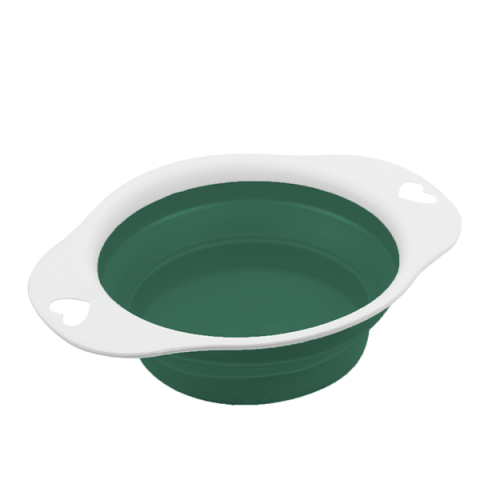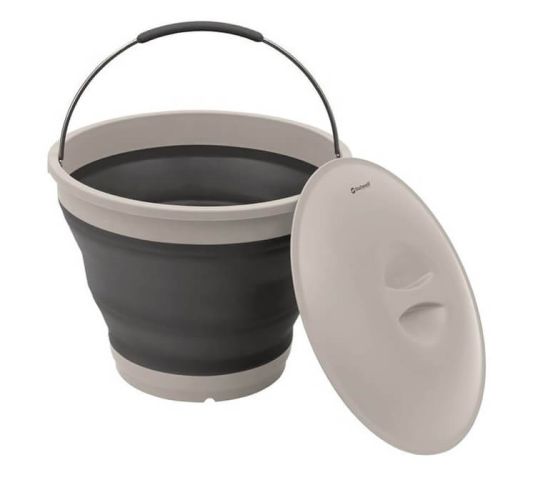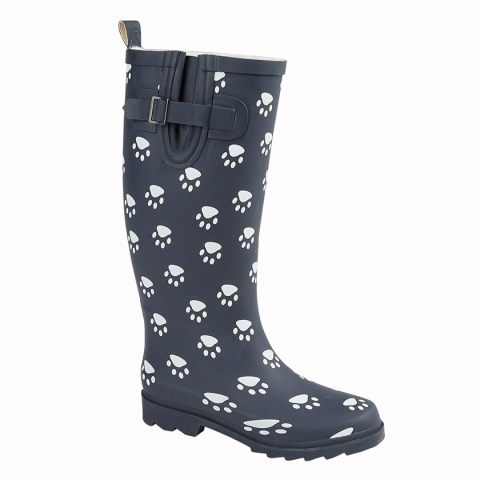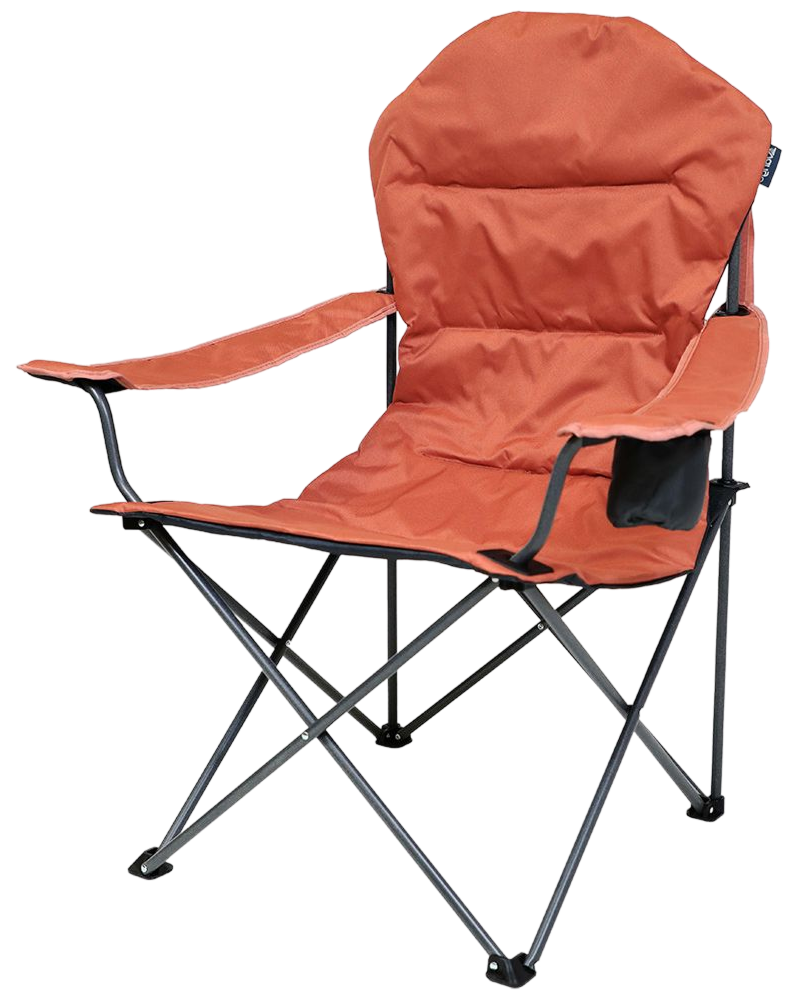Camping and Caravanning with Dogs: Everything you need to know
There’s nothing quite like reconnecting with nature and having your canine companions with you, but camping and caravanning with your dog can bring challenges.
Whether you're a first-time camper or seasoned caravanner, this blog will help you plan a safe, fun, stress-free holiday for you and your four-legged canine.
Read on for our handy tips and checklists for camping and caravanning with Dogs!
Dog Checklist
Just as you wouldn't embark on a camping trip without your essentials, your dog's checklist of essential items is equally important. Ensuring a comfortable trip for your furry friend requires careful planning. Here are the essential dog items you should never leave home without.
- Collapsible Bowl
- Microfibre towels
- Blankets
- Dog Bed
- Cooling Mat (summer only)
- Dog Food and Treats
- Food and water bowls
- Doggy first aid kit (medication, where applicable)
- Poo Bags
- Dog Toys
- Collar and Harness
- Lead (short and long option)
- Torch
Weather
Checking the weather for your camping or caravanning trip is essential when holidaying with Dogs. All dog breeds respond differently to heat, and factors like age, fitness, and health play a huge role in deciding if your dog will cope with the weather. Dogs can find it difficult to deal with heat and dehydration, and overheating can happen quickly, causing heat stroke, sickness, or a severe illness that can be fatal.
According to the Kennel Club, the ideal temperature to walk your dog is below 20 degrees. Dogs are most comfortable in 15-25 degrees, so consider this when planning your next trip away. Will your dog be relaxed, or are you putting them at risk?
Always check the weather app a few days before leaving and make alternative plans if a heat wave is forecasted. If it's too late to cancel, consider our top tips below to keep your dog safe in extreme weather conditions.
- Stick to grassy or shady paths and avoid hot pavements that can burn their paws
- Always carry a water bottle with a collapsible bowl and take frequent breaks
- Walk your dog in the early hours of the morning and late at night when the temperatures are lower
- Limit walk time to avoid overheating
With these four tips, you can reduce the chance of your furry friend getting sick.
Dog-friendly campsites
If you're planning on bringing your dog, it's crucial to research the site and the area to ensure it's dog-friendly. Not every campsite offers dog facilities, and checking before you go to avoid surprises is important. This knowledge will give you the confidence to plan a stress-free trip for you and your dog.
Things to consider:
- There are dog-friendly walks nearby. If you're holidaying on or near a beach, have you checked if they allow dogs in the month you're staying?
- On-site facilities for dogs
- Poo bins
- Can you safely let your dog off the lead?
- Dog-friendly pubs and cafes nearby
- Dog-friendly activities nearby, like swimming, hiking, and paddleboarding?
Some activities in the local area may not be dog-friendly, so always research before booking to ensure it works for you and your dog.
Sleeping arrangements
Once your trip is booked, it's time to start planning the minor details, like where your dog will sleep at night. Whether you're in a van, caravan, or tent, which may not be the most spacious, with careful planning, you can create a comfortable sleeping space for your furry friend and ensure they get a good night's sleep.
In a Tent - If you have the space, consider adding a sleeping pod or side annexe to accommodate your dog. This means they will have an area to call their own. It will fit their bed and toys, and make sure you have plenty of blankets to keep them warm and cosy when the temperatures drop at night
Campervan or Car camping - If space is limited, your dog is likely to share a bed with you! Pack easy-to-clean and quick-drying bedding options. Sleeping bags aren’t always practical with dogs, so if you do choose a sleeping bag, make sure it can open with a duvet so you can easily shake off any unwanted dirt.
In a Caravan or Motorhome - A larger vehicle offers the luxury of space, so you may bring their dog bed from home or pet crate to help your dog feel settled while away from home. You may even have a space to cordon off just for them.
Things to consider:
- If this is your first time camping with your dog, don’t expect them to settle immediately; New noises and smells on the campsite may cause upset in a new environment.
- Always have the lead/harness/collar in easy reach in case of impromptu toilet breaks throughout the night.
- Create a space for them and leave them unattended.
Travelling with Dogs
If you're planning on taking your dog on holiday, it's important to keep them happy and stress-free. Many dogs will find a change in routine, long car journeys, and travelling stressful. If you're camping or caravanning abroad, there are a few laws to follow. Read on to understand travelling with dogs overseas.
EU and Northern Ireland
Pet passport required: NO
Animal Health Certificate: YES
Rabies vaccination: YES
Microchipped: YES
Tapeworm treatment: YES
It's always worth consulting your vet at least one week before you travel with a dog to ensure they are fit and healthy to travel. Your vet can provide the necessary certificate to take your dog abroad, including the Animal Health certificate and proof that it has received rabies and tapeworm treatment.
If your dog is on medication, ensure you have enough supplies for the whole trip and always pack a first aid kit for when emergencies arise. In case of an emergency, always have your vet's contact details and research the area you're visiting to see if a practice is open.
All dogs travelling abroad should be microchipped and clearly identified by colour with contact details. If they are found, they can be reunited as quickly as possible.
Always plan your journey with dogs and take lots of breaks so they can stretch their legs and have water breaks. If you have any doubt that your pet is fit to travel, do not cause unnecessary suffering.
Things to consider:
- Choose the most direct route
- Travel during the coolest part of the day
- Check that they are secure and comfortable
- Test travelling with them on shorter journeys in the lead up to the trip
- Keep windows partially open to get air, but not too far open so that they can escape
- Your dog will travel better with a full stomach, and take dog food with you to feed them throughout the journey
Dog safety
Our final point to consider when camping and caravanning with dogs is safety. Travelling to new areas means you and the dog are unfamiliar with the landscape and potential hazards when on walks or even at the campsite.
This includes lighting fires, keeping toxic food out of easy reach, being aware of poisonous plants, and creating a safe place for your dog to relax. Read below for things to consider on and off the campsite.
- Keep all toxic food and drinks out of easy reach.
- When lighting fires and BBQs, keep them away from your tent and ensure a safe distance from your dog. Always keep your dog on a lead.
- Learn about poisonous plants in the area you're travelling to that may be harmful when consumed or touched.
- Check site maps for nearby waterways or lakes that may be dangerous to your dog
- Ensure a shaded option is on your site in warm weather to protect them against heat stroke.
- Keep your dog entertained with toys and constantly on a lead
- Be mindful of other campers and always pick up the dog poo
A final note from us
When camping and caravanning with your dog, preparation is key! By packing essentials like lead, bedding, and treats, considering the weather conditions, and checking all dog-friendly facilities, you can ensure your furry friend has a comfortable and stress-free holiday.
Above all, safety is key, and with the right set-up, your canine will enjoy the freedom of being outdoors with the family! Stay up to date with things Attwoolls Outdoors by following our social channels.
Cover Photo by Resilience CBD on Unsplash











